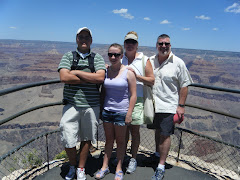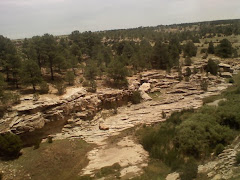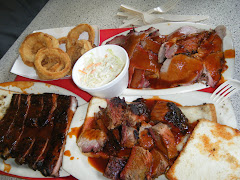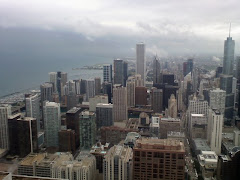It was bread that brought me to the pine forests of Louisiana just north of Lake Pontchartrain. I had heard of the ministry Pennies for Bread from another baker/monk in Illinois, Fr. Dominic of PBS cooking show fame, and thought it was the right place to couple a return to New Orleans with my search for the connection between food, recipes, and cooking with the building and healing of community life. But if it was bread that purportedly brought me here, it is the silence that I most needed to feed on.
The bulk of my sabbatical leave has been spent in the company of others: an incredible journey across our country by train with Leslie and the kids in July, a thrilling trip to England with the Cathedral choir to be in residence and sing evensong in the great Ely Cathedral, and even my days sitting with my mother in her nursing home in West Hartford. All good things, but not the emptying quiet found in the company of monks who know a few things or two about silence.
Silence during meals is the most jarring for this visitor. Mealtime in our home is usually registered in decibels. In Benedictine monasteries, meals on days except Sundays are eaten without conversation. A monk is chosen to read aloud to the community.
It is a wonderful to be just a few paces from the abbey church to take in the services of the day: Lauds at 7 a.m., Eucharist at 11:15, Vespers at 5:30 p.m. and Compline at 7:15 p.m. I am a mere participant with no responsibilities to prepare, officiate, be “on” and shake hands at the door. My mind can wander, I can lose my place, I can look up and gaze. The Abbey liturgy is familiar to me as an Episcopalian and its monastic call to hospitality offers me an acceptance into Eucharistic fellowship that is often denied to non-Roman Catholics in parish churches under diocesan oversight. Here I am a pilgrim and a soul looking for some time away and have been warmly welcomed.
Monks are people that still make us marvel at how and why they do what they do. For a community to still be following the Rule of Saint Benedict that dates from the 6th century is a witness that the call of a life of prayer and study in community is timeless. What it is that so many modern people and believers wrestle with:? that they seem to be alone in this world to navigate times of pain, loss and doubt. Our American individualism, our “do it by yourself, up from the book strap” mentality can ring hollow in today’s complex and interconnected world. What a visitor sees and feels in today’s monastery – this Abbey in the rural South – it that the Spirit grows stronger in community. We are never fully alone. We are left alone for a while to work out particular way in this world, confront our demons, and to cultivate what is means to have a personal relationship with our God. But all in the company of fellow pilgrims.
My favorite part of the day is following behind the monks after vespers to dinner. They walk two by two, lead by Abbot Justin, from the church under covered walkways as the bells ring out. Visitors walk behind them. And then there is Compline. At the close of the service the monks walk down the aisle followed by visitors and as thy near the font, the abbot blesses them with water in great waves, reminding them and us of our common baptism.
The font at the entrance of the nave is a magnate for those who enter the church. It acts like one of the great infinity pools that are so popular -- making it feel as it the waters are falling off into nowhere. I have never been called by piety to dip my fingers into the small holy water receptacles affixed to inner doorways of many Roman Catholic and Anglo-Catholic churches. But to see the baptismal font full of water is something different. There it is. Our baptisms. That is what and why one can dip ones fingers in the water and retrace the sign the cross. We were made Christians in these waters. In and through the water we are reminded of our call to community, to worship God and to see Christ in face of humanity. It is a powerful symbol that makes the most sense liturgically and theologically. It just works.
Monday, October 5, 2009
Subscribe to:
Post Comments (Atom)

















No comments:
Post a Comment